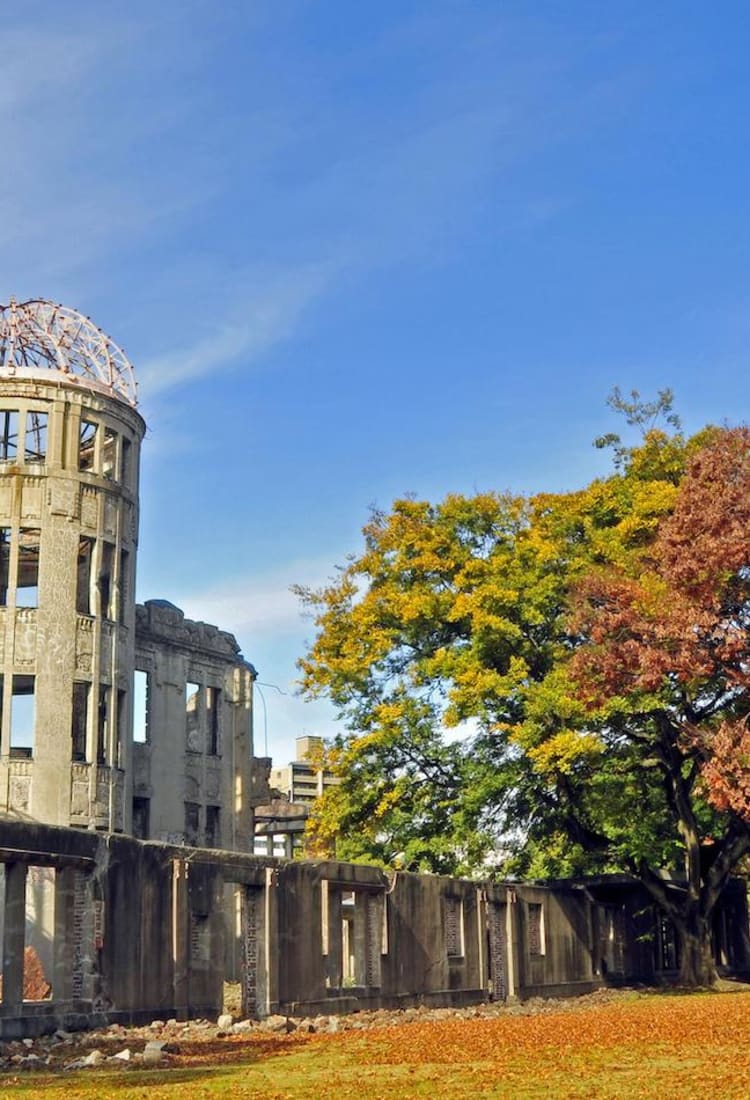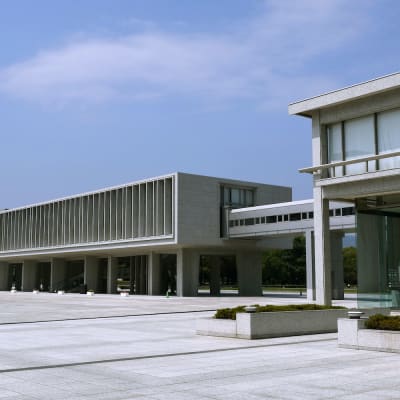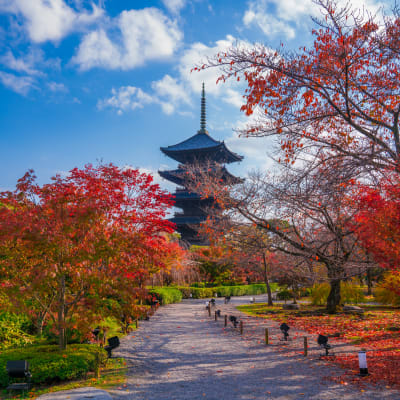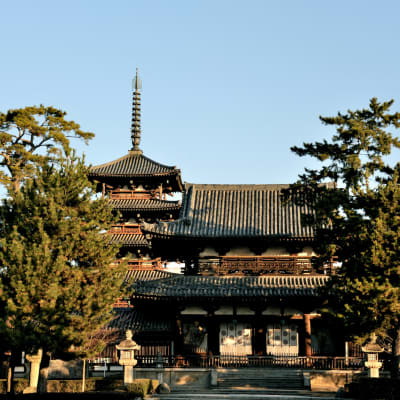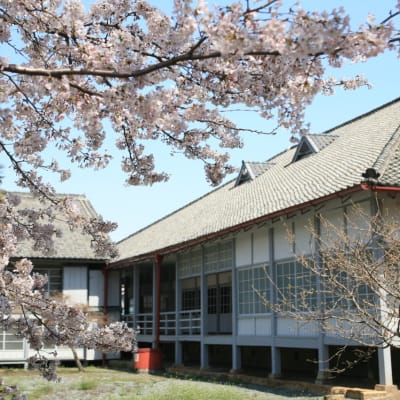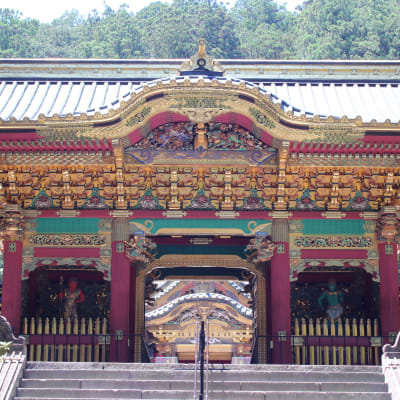©Courtesy of Hiroshima Prefecture
The Hiroshima Peace Memorial is a symbol representing the cost of war and the importance of peace
The Former Hiroshima Prefectural Promotion Hall, designed by Czech architect Jan Retzl, was well known at the time of its construction in 1915 for its bold, European-style design. It stood almost directly below the hypocenter of the blast from the atomic bomb dropped by the US military on August 6, 1945. Though much of the building's exterior was stripped away, the skeletal frame of the building survived. Now known as the Hiroshima Atomic Bomb Dome , the structure is the first thing you will see when visiting the Peace Memorial Park located across the Motoyasu River.
Highlights
- Seeing the structure exactly as it was after the bombing—the city has gone to great lengths to preserve it
- Every August 6th, joining the masses of people who gather around the park for the Peace Memorial Ceremony
- Hiroshima Peace Memorial Park contains the Cenotaph for Atomic Bomb Victims, and other memorials, monuments, and buildings

©Courtesy of Hiroshima Prefecture
The ruins of war led to calls for enduring peace
On August 6, 1945, the first ever atomic bomb was detonated over Hiroshima, resulting in the deaths of upwards of 146,000 people. In the interest of memorializing the severe human toll of the bomb and advocating for future peace, the city designated an area of land to serve as a memorial site. Before the atomic bombing, this part of Hiroshima was the central commercial district.


©Courtesy of Hiroshima Prefecture
Visiting the site
Hiroshima Atomic Bomb Dome is part of the larger Hiroshima Peace Memorial Park, which includes the Atomic Bomb Memorial Mound, the Hiroshima Peace Memorial Museum , the Children's Peace Monument, and several sculptures.
How to Get There
To get to the Atomic Bomb Dome , take the Hiroshima Electric Railway streetcar (no. 2 or 6) from JR Hiroshima STation, gett off at the Genbaku Dome-Mae stop, and walk about a minute. The trip takes about 17 minutes.
The latest information may differ, so please check the official website




















































